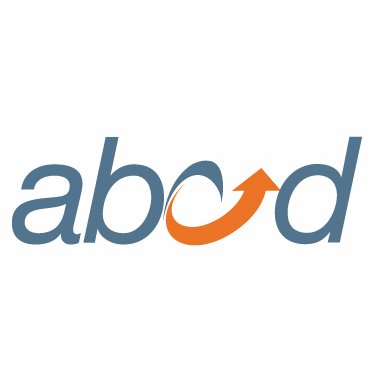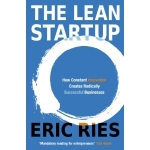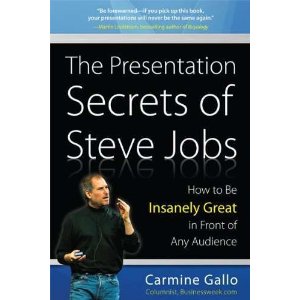Good salespeople can motivate prospects to become customers – that is changing the behavior of people you meet.
Good marketers can change the behavior of people they haven’t met, and may never meet. How exactly is that done?
Here is how to write a direct marketing letter that will accomplish that elusive goal.
I start with the customer. I can tell you from years of experience that most people do not start with the customer. They start with the product and this formula: Here is my product. Here is why it is good. Here is why it is better than my competitor. Would you like to buy it? Would you like more information?
Starting with the customer is a beginning. I know the four types of customers and how they gather information and make decisions. But that is not today’s subject.
Today’s subject is all about presenting your product story in a proven order, the order that causes prospects to change their behavior and respond to your marketing.
If you have not thought about your product story or the order in which it should be presented, here is an outline.
One of the best copywriting courses I have ever taken is from American Writers and Artists, Inc. (AWAI). I am going to summarize part of what I have learned here, though if you are serious about marketing and copywriting, you may want to take the course yourself.
I am going to use examples from online ads but everything said here applies to the process of creating a winning direct marketing letter.
The Headline
Make a specific promise. An urgent, specific promise. A useful, urgent, specific promise that is unique.
For example, “Want more bank for your buck? Control your fees, “ an online headline from a Bank of America ad running on Yahoo’s finance page. Too vague.
A better version would use the body copy in the headline: “Want more bank for your buck? Pay no monthly maintenance fee for business checking.” That is specific, useful, urgent, and appears to be unique.
It also tells me this is targeted to me, owner of a business, not to someone with a personal checking account. The cost of click-throughs on the home page of Yahoo finance could be very high without that specific information. It is in the body copy but it should be in the headline.
The Picture
Create a picture with words of the future benefit.
Since I have spent that last seven years generating response for financial services (also many other industries), I will continue with Bank of America: their subhead is “Can a bank help you save time and money?” What picture comes to mind?
The visual in the ad is a restaurant hostess with a stack of menus checking the reservation list. The conclusion is: BoA must be targeting restaurants as one of their main prospects.
Here is what it could say (which is in the body copy): “Pay business bills and get paid by customers – all online.”
Can you see the difference? Save time and money…vs pay bills and get paid. In the second headline, it paints a clear picture of the future benefit. It is specific.
The Proof
Here is where you offer proof of the promise; it is where you establish credibility. Proof could come from a customer testimonial, a rating from a third party, the number of businesses that use your product, other businesses or products you are associated with, your history of success, etc.
In the BoA ad, the proof is also a benefit: “Cash back on business supplies from hundreds of top retailers.”
The USP
Answer the question: why is this product or service unique? Even though it is obvious to you, it is not obvious to the reader. It is very difficult to describe uniqueness in few words. And which uniqueness is the most compelling. Pick one and sell its praises with benefits.
In late night TV ads, it is known as “But wait, there’s more!” In financial services and other serious industries, it can be a summary of the benefits prior to the presentation of an additional benefit and the offer.
The Offer
What is your offer? Many times I’ve been asked to create a mail piece or ad that has no offer, just a presentation of the product. How can this be successful?
What online ad, email, direct mail piece or print ad do you see that doesn’t have an offer? Well, for one, the branding ads for fashion. A beautiful model, an expensive photo shoot, and the logo are the standard triumvirate. Think Ralph Lauren. Burberry. Givenchy. Prada. But if the typical marketer were to use this style, the response would be: nada.
The offer can have these elements: a compelling offer, purchase options, payment options and contact information, but it must have a compelling offer.
The Close
The summations of the benefits, the compelling emotional reasons to buy, the logical data points that support the story, the urgency of the offer, all are part of the close.
The Guarantee
Have you looked at other promotions lately? Customer expectations are not set by your competitors but by Amazon, American Express, Apple and 60,239 others. And those are just the companies in the U.S. beginning with “A.”
It is expected that a product be guaranteed, after all, you do demand it in products that you buy, but not the ones that you sell? I believe that would make you a living, breathing, marketing double standard. The guarantee provides security. Security helps close the sale.
The Postscript
If the marketing piece is a sales letter or sales email, then the most important point is at the end in the postscript. Here is where you restate the benefits, make another promise, introduce a surprise benefit, provide more credibility or make a passionate plea for business.
In the Bank of America example, what works as the postscript is: Free online banking – manage your Bank of America business account(s) from anywhere you have Internet access, and…Cash back on office products and supplies – the Add It Up™ program connects your business to hundreds of retailers and allows you to earn up to 20% cash back on your online purchases.
I think those are strong: they are specific – 20% cash back and free online banking.
In Summary
From headline to postscript, this is not a comprehensive list, nor does it contain all of the elements needed to successfully create a winning response. Yet, if you adhere to these basics, it will be easier to succeed with your email, direct response letter or marketing piece.
If they sound foreign to you or far too salesy for your industry, then you are exactly the person who should test this method. It has sold hundreds of millions of dollars in products and services.
If you analyze the marketing that you receive over and over again (the kind that works, such as those annoying credit card offers) – not the marketing you see only once or twice – you’ll find this method in use.
And when you add in a bit of knowledge about how customers gather information and make decisions, it is a winning combination.







